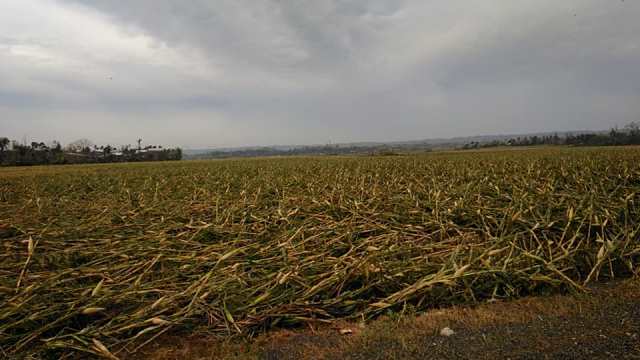Following up on Ompong’s Destruction
POST-TYPHOON ‘OMPONG,’ the media scrambled to cover the provinces hit hardest by the disaster, reporting on casualties, damage to infrastructure and agriculture, as well as rescue and relief efforts.
Their reports understandably focused on Itogon, Benguet, where a deadly landslide on September 15 killed more than 50 people. The incident led Environment Secretary Roy Cimatu to order the suspension of all small-scale mining operations throughout the Cordillera Administrative Region (CAR).
As reports followed up on the situation of this community, media seemed to have forgotten the other provinces which were also severely affected and where communities required relief and rehabilitation.
CMFR monitored the leading broadsheets Philippine Daily Inquirer, The Philippine Star, and Manila Bulletin; the primetime newscasts (ABS-CBN 2’s TV Patrol, GMA-7’s 24 Oras, TV5’s Aksyon, and CNN Philippines’ News Night); as well as selected news sites from September 17 to 23.
Don’t Forget Other Areas
Meanwhile, another landslide in Naga City drew media attention. Fixed on these two disaster sites, media reports on other areas dwindled.
Most of the deaths occurred in the Cordillera, but Cagayan Valley was also heavily damaged. Marifel Macalanda, co-convener of the Tulong Sulong Cagayan Valley Disaster Response Network, told CMFR that Cagayan had learned from the havoc wreaked in the province by Typhoon Lawin. Macalanda said that this time, people evacuated as soon as they were told to leave their homes: “According to the barangay officials and residents that we interviewed, many could have died if they did not heed to the call to evacuate.” She added that power had not yet been restored in some areas, but that classes have resumed.
Macalanda said she understands the media attention on Itogon, Benguet, but she says media should not forget other areas reeling from the effects of the typhoon and should call attention to the condition of the farmers in affected areas and the eventual impact of the disaster on the Philippine economy. “Even from the initial reports of the province and from our Rapid Needs Assessment and Damage Analysis immediately after the typhoon, about 75-100% rice and corn crops were damaged including thousands of houses,” Macalanda said.
In a report, the Department of Agriculture said agricultural damage in Cagayan Valley has reached PHP13.8 billion. Meanwhile, Civil Defense Regional Director Dante Balao reported that there are 13,518 totally damaged houses and 94,034 partially damaged homes in Cagayan province.
Updates Elsewhere
The National Disaster Risk Reduction and Management Council (NDRRMC)’s Situational Report as of September 30 showed that flooding has not subsided in parts of Pampanga and Bulacan. Meanwhile, most of the roads in listed as impassable are in CAR.
Families are still evacuation centers in Apayao, Benguet, Bulacan, Pampanga and Tarlac.
While classes resumed as early as September 17 in Regions I, II and III, these are still suspended in some areas of Bulacan and Pampanga.
Disaster effects last longer than the normal news cycle. Media should sustain the necessary follow up on the swathe of destruction left by Ompong to ensure government’s sustained attention on post-disaster needs.

Leave a Reply